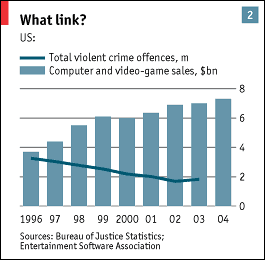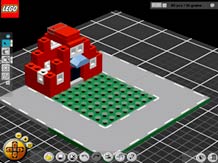Free, morphable gameplay, opposed to clear, static, mandatory goals are clearly the game design conventions this weblog should be more inclined to discuss. However, since GregT has brilliantly done something similar in
his post, I decided to take on a game convention that often puzzles me: Rewarding the player (often described as positive feedback).
Rewarding the PlayerAny game design resource will tell you that you need to constantly reward your player for his good deeds and right gameplay decisions. That would reinforce his confidence and keep his interest in the game. True. As a gamer, I can see that. Sound and graphical cues inform me I'm on the right path - which is great, isn't it?
As a designer, I must say I was never concerned with rewarding as I should be. I recognise this as a personal weakness, not as an artistic statement (and maybe that's the
real cause of my discontentment). Still, I feel this constant rewarding and punishment should be questioned in the name of experimental game design. The problem, as I see it, is that instant gratifications like those might lead to a conditional behaviour, much like Pavlov's dog, from the player. Maybe we should let the player investigate and decide on his actions` positives and negative effects for himself.
Maybe a more open-ended scheme should hint the player more about his possibilities, and be less judgemental. Yes, rewarding is very helpful at teaching the game basics, but the player shouldn't play
all the time just to feel he is doing things right and being appreciated -
he should be the one appreciating things, once in a while.
Although I can see its importance to game design (just think of most casual games - they probably wouldn't work so great without this reinforcement), I think this approach is related to the traditional win-lose scheme of games. What we might need (as I suggested
here) is
more ambiguity, less certainties, so games, as the art form they are, can be more freely interpreted by the players. Sure, this advice is to be taken from a minority of game
genres and styles. Still, the current model of reward and punishment is something I feel could be challenged more often.






